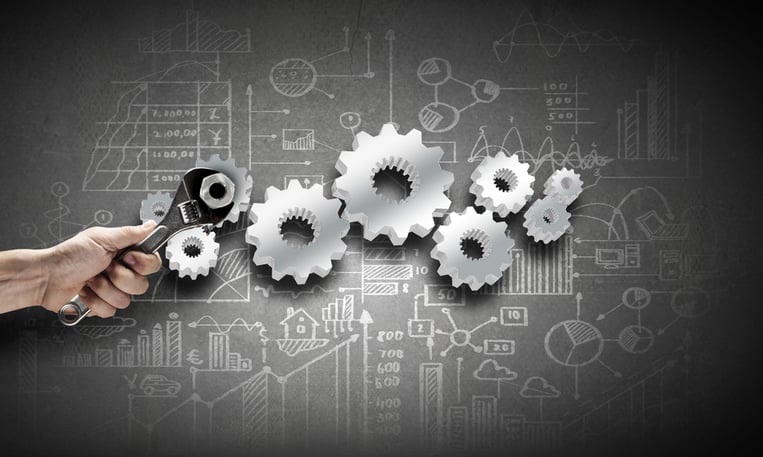Startup Launch: Build, Launch and Iterate

With your MVP's builders chosen, the next phase in your startup journey is the actual build, launch, and iteration. This stage is crucial as it involves implementing your technical architecture, adopting an agile process, and planning for deployment and ongoing maintenance. Each of these components plays a vital role in ensuring your MVP is not only functional but also scalable and ready for continuous improvement.
Technical Architecture: Building a Solid Foundation
Utilizing Existing Libraries and Services: For commodity features like authentication and payment processing, rely on existing libraries and services. This approach saves time and ensures reliability.
Recommended Architecture: A modular monolith MVC framework for the backend, providing APIs, combined with a Single Page Application (SPA) frontend, is a robust choice. This setup balances simplicity and flexibility, allowing for easier maintenance and scalability.
Database Considerations: Opt for a relational database for the core of your application. While NoSQL or document-based databases have their place, relational databases are often more suited for transactional systems.
Responsive Design as Priority: Before considering mobile apps, focus on building a responsive web design. This approach ensures your MVP is accessible across various devices and screen sizes, providing a consistent user experience. If there is a need for mobile apps, use a cross-platform framework to efficiently cater to both iOS and Android users, saving time and resources.
Agile Process: Adapting and Evolving
Backlog and Ticketing System: Utilize your backlog within a ticketing system to manage tasks. This system should be flexible, allowing you to reorder tasks as new learnings and priorities emerge.
Source Control and Constant Delivery: Maintain a mindset of constant delivery. Keep your codebase shippable at all times, use live staging environments, and regularly schedule demos to showcase progress.
Deployment and Ongoing Maintenance

Understanding Running Costs: Be aware of the costs associated with running your application post-launch. This includes server costs, any third-party services, and maintenance expenses.
Support Beyond Launch: Clarify whether your builders will provide support beyond the initial launch. If not, have a plan for ongoing technical support and maintenance.
Error Trapping and Monitoring: Implement error trapping, Application Performance Monitoring (APM), and uptime monitoring from the outset. These tools are essential for being aware of and quickly addressing any issues, often before your customers are impacted.
Conclusion
Building, launching, and iterating on your MVP is a dynamic process that requires careful planning, a flexible approach, and ongoing attention. Your technical architecture should provide a strong and scalable foundation, the agile process should allow for rapid adaptation, and your deployment strategy should include plans for maintenance and monitoring. With these elements in place, you're well-equipped to navigate the post-launch landscape, continually improving your product based on real user feedback and market demands. Remember, the launch is just the beginning; the real journey of growth and iteration is ongoing.
Watch our YouTube Video on Building MVPs to get details on each step of the MVP development journey.


